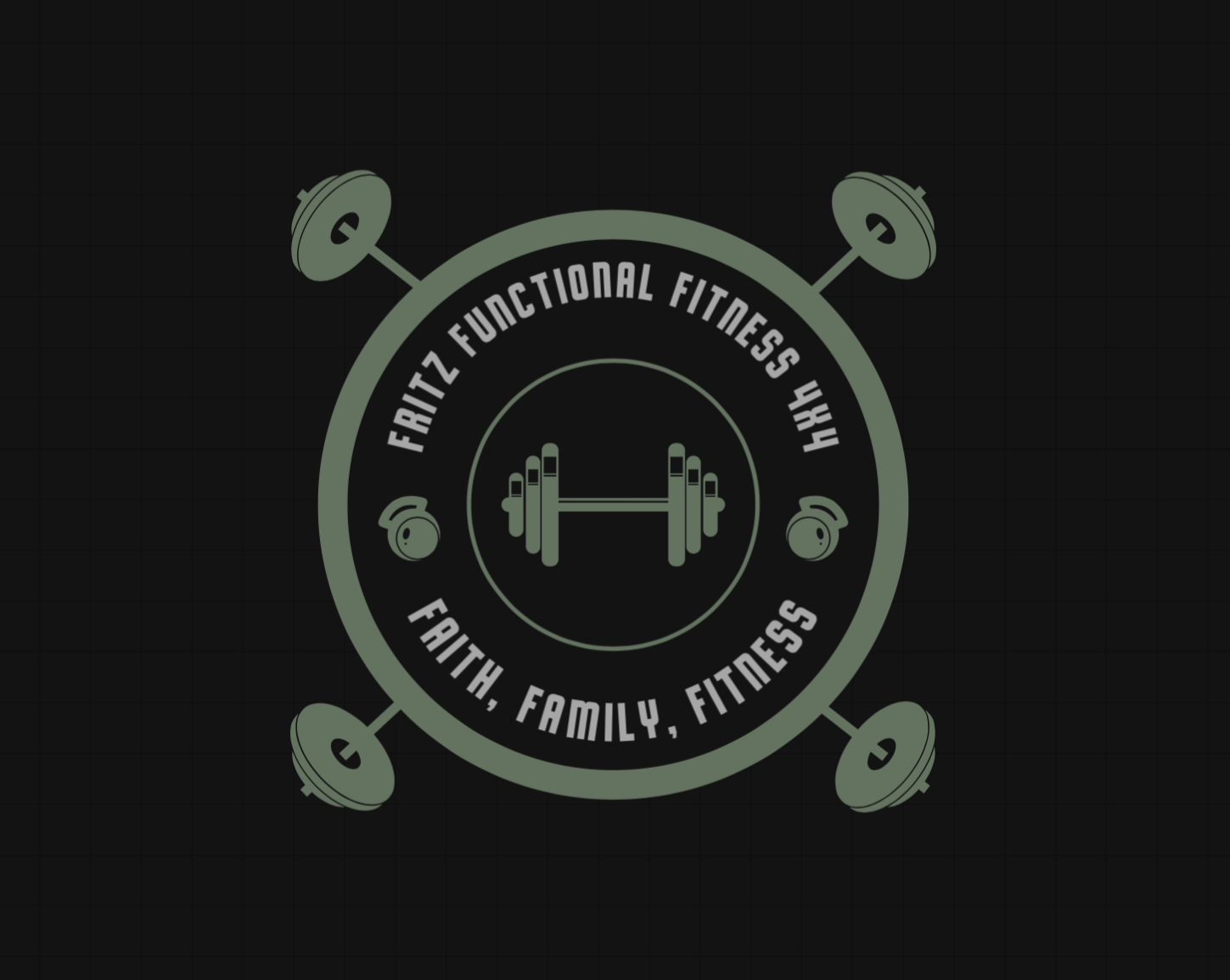Older Adults and Whole Foods as an Exercise Recovery Strategy: What You Need to Know
When it comes to exercise recovery, older adults often overlook the role of nutrition, particularly whole foods, in aiding recovery. A recent study led by Eleanor Jayne Hayes and colleagues explored the knowledge and perceptions of older adults regarding exercise recovery strategies, with a special focus on the use of protein-rich whole foods like milk as a recovery aid.
In this blog post, we’ll break down the key findings from the study and highlight why whole foods, including milk, could be an excellent addition to your post-workout recovery routine.
The Importance of Recovery for Older Adults
As we age, maintaining muscle strength and functionality becomes increasingly important for overall health and quality of life. Resistance exercise is a proven method for improving muscle strength and performance in older adults, but the benefits of these exercises are only maximized when paired with effective recovery strategies. Without proper recovery, older individuals may experience more pronounced declines in physical performance, which can interfere with everyday activities like walking, climbing stairs, or lifting groceries.
Recovery strategies are critical to reducing muscle soreness, speeding up muscle repair, and restoring energy balance after exercise. Although there is growing awareness of the role that nutrition plays in exercise recovery, particularly the consumption of protein, many older adults remain unaware of how their diet can influence their recovery.
Whole Foods as a Recovery Strategy: What Do Older Adults Think?
The study aimed to understand the perspectives of older adults about recovery strategies and their knowledge of using whole foods, like milk, as a post-exercise aid. The results were enlightening and offered some key takeaways.
1. Most Common Recovery Strategies: Heat and Rest
When asked about the most common recovery strategies they use, older adults overwhelmingly reported using non-nutritional approaches. The most frequently mentioned strategies included:
Heat treatment (hot baths, hot showers, or cold compresses)
Rest
Stretching
Gentle exercise
Massage
Interestingly, only a small fraction (less than 2%) of respondents mentioned nutrition as a recovery strategy. Even fewer linked protein-rich foods to exercise recovery.
2. Attitudes Towards Protein and Supplements
Older adults had strong opinions about recovery supplements. Nearly half (49%) expressed negative views toward using supplements, often referring to them as a "waste of money." In contrast, only 7% of participants had a positive opinion about supplements. However, when it came to whole foods, the story was quite different.
3. Whole Foods as an Acceptable Recovery Strategy
While most participants were unaware that whole foods could aid in recovery, an impressive 80% of older adults found whole foods like milk, meat, fish, and fruit to be acceptable recovery aids. This indicates that whole foods have widespread acceptance as part of a recovery routine, which could be an opportunity for health professionals to educate older adults about the potential benefits of these foods for recovery.
Interestingly, milk was highlighted as a particularly favorable recovery food. Approximately 73% of respondents viewed milk as an acceptable post-exercise recovery option, citing its familiarity and nutritional profile.
4. Milk: A Top Recovery Choice
Milk stands out as a particularly strong candidate for post-exercise recovery. Semi-skimmed milk, for instance, contains about 3.6 grams of protein per 100 ml, with most of this protein being the fast-digesting whey protein. Additionally, milk offers other vital nutrients like calcium, sodium, and carbohydrates, which can aid rehydration, replenish glycogen stores, and support muscle protein synthesis. Given that milk is also isotonic, it helps restore fluid balance after exercise.
Despite the high acceptability of milk, it’s clear that awareness about its benefits for recovery is still low. Only 35% of older adults were aware that whole foods, including milk, could play a significant role in post-exercise recovery. This suggests that there’s a strong opportunity to educate the older population about the role of nutrition in maximizing the benefits of their exercise efforts.
The Role of Whole Foods in Recovery: Why It Matters
Whole foods offer a more natural, accessible, and affordable alternative to supplements. For older adults, whole foods can provide a balanced array of nutrients that not only support muscle recovery but also improve overall health. Here's why incorporating whole foods like milk into post-exercise recovery is important:
Muscle Protein Synthesis: Protein is essential for repairing and rebuilding muscle tissue. Milk contains high-quality proteins that can accelerate muscle protein synthesis, helping muscles recover faster and reducing soreness.
Rehydration: Milk is approximately isotonic, meaning it helps replenish fluids and electrolytes lost during exercise, ensuring better hydration post-workout.
Nutrient Density: Whole foods like milk and lean meats provide not only protein but also essential vitamins and minerals, like calcium and magnesium, which are crucial for muscle function and bone health.
Convenience and Affordability: Whole foods, especially dairy products like milk, are readily available and relatively inexpensive, making them an easy choice for many older adults.
Conclusion: The Need for Greater Awareness
The study reveals that while older adults recognize some recovery strategies like heat and rest, many remain unaware of the powerful role nutrition—specifically protein-rich whole foods—can play in improving post-exercise recovery.
Given the widespread acceptance of whole foods as a recovery strategy, it's crucial to raise awareness about the benefits of including foods like milk, meat, fish, and fruit in recovery routines. As the population ages, understanding and promoting effective recovery strategies that include proper nutrition could help enhance the quality of life for older adults, allowing them to stay active, strong, and independent for longer.
If you're an older adult looking to optimize your exercise recovery, consider incorporating whole foods like milk into your post-exercise routine. And remember, it's never too late to start! By combining exercise with proper recovery nutrition, you can continue to build strength, improve performance, and enjoy the many benefits of an active lifestyle.
Interested in learning more about exercise recovery? Reach out for personalized fitness and nutrition advice tailored to your needs!
